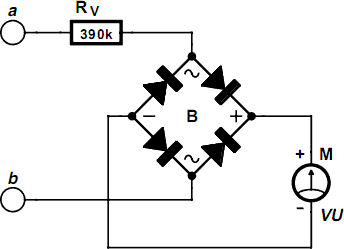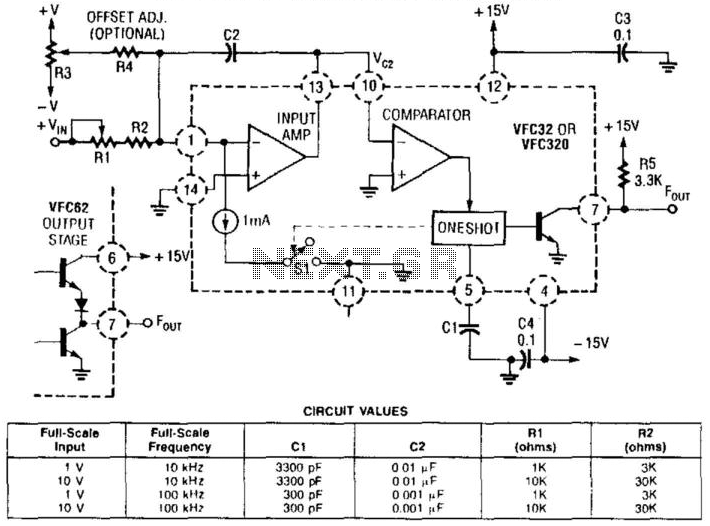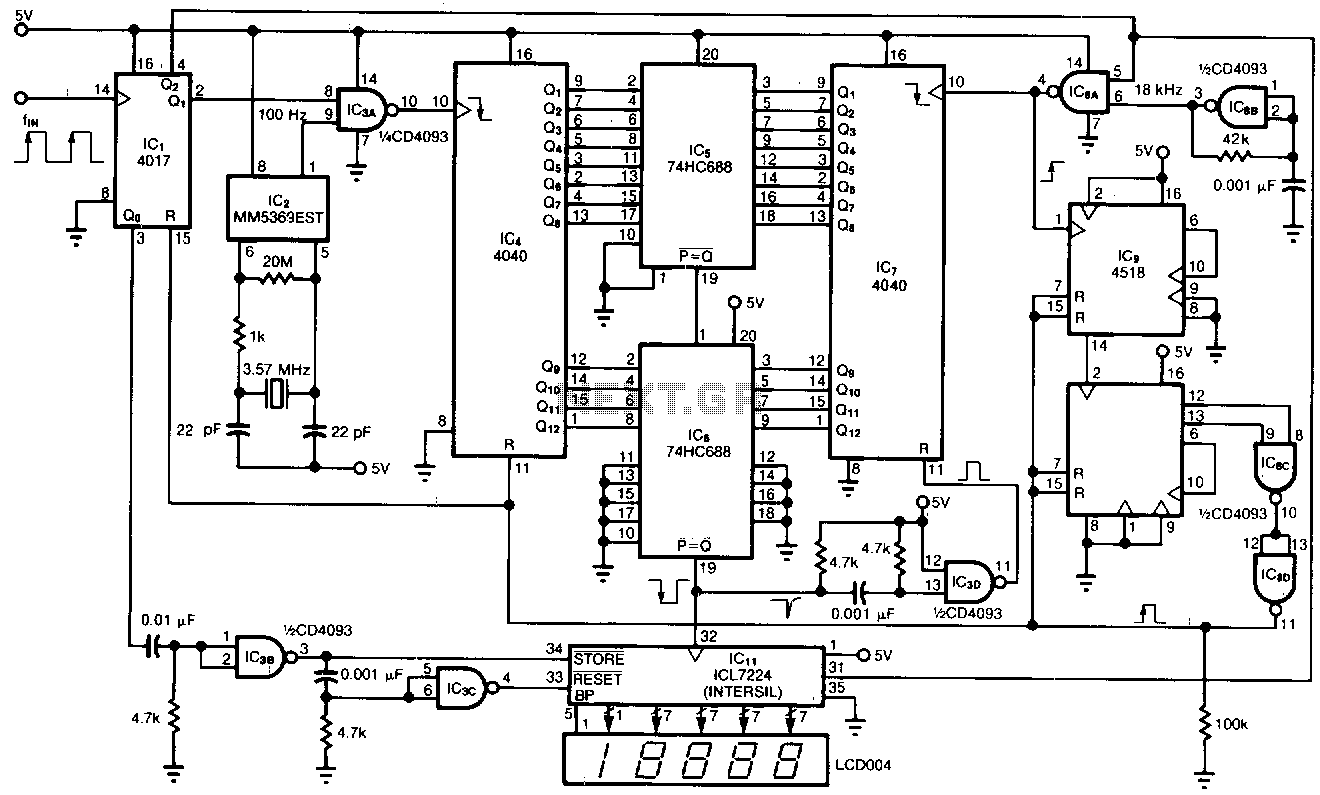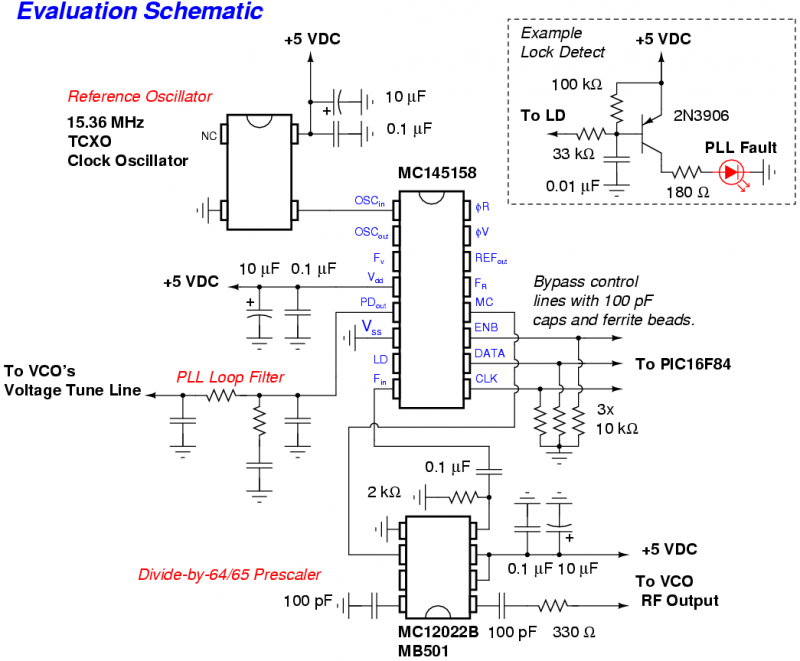
Beat frequency indicator

This circuit utilizes LEDs to visualize the beat frequency generated by two-tone oscillators. At any given moment, only one LED is illuminated, and the perceived rotation of the light dot accurately reflects the beat frequency. When f1 is greater than f2, the light dot rotates in a clockwise direction; when f1 is less than f2, the dot rotates counterclockwise; and when f1 equals f2, there is no rotation.
The circuit operates by employing two oscillators that generate frequencies f1 and f2. The beat frequency, which is the difference between these two frequencies, is represented by the illumination of a series of LEDs arranged in a circular pattern. The circuit can be designed using a microcontroller or discrete components such as operational amplifiers and transistors to control the LED states based on the frequency inputs.
When f1 exceeds f2, the circuit logic activates the next LED in a clockwise progression, creating the visual effect of a rotating dot. Conversely, if f1 is less than f2, the circuit activates the LEDs in a counterclockwise manner. The transition between LEDs is controlled by the timing derived from the beat frequency, ensuring a smooth rotation effect that corresponds to the frequency difference.
In the case where f1 equals f2, the circuit is designed to turn off all LEDs, resulting in no apparent rotation. This condition indicates that the oscillators are in sync, providing a clear visual feedback mechanism for users to determine the relationship between the two frequencies.
The schematic may include components such as resistors for current limiting, capacitors for filtering, and possibly a potentiometer for adjusting the frequency of one of the oscillators, allowing for fine-tuning of the beat frequency. The use of a microcontroller can simplify the design, enabling software-based control for LED sequencing and potentially allowing for additional features such as frequency display or audio output corresponding to the beat frequency.This circuit uses LEDs to display the beat frequency of two-tone oscillators. Only one LED is on at a time, and the apparent rotation of the dot is an exact indication of the best frequency When fl is greater than f2, a dot of light rotates clockwise; when fl is less than f2, the dot rotates counterclockwise; and when fl equals f2, there is no rotation.
The circuit operates by employing two oscillators that generate frequencies f1 and f2. The beat frequency, which is the difference between these two frequencies, is represented by the illumination of a series of LEDs arranged in a circular pattern. The circuit can be designed using a microcontroller or discrete components such as operational amplifiers and transistors to control the LED states based on the frequency inputs.
When f1 exceeds f2, the circuit logic activates the next LED in a clockwise progression, creating the visual effect of a rotating dot. Conversely, if f1 is less than f2, the circuit activates the LEDs in a counterclockwise manner. The transition between LEDs is controlled by the timing derived from the beat frequency, ensuring a smooth rotation effect that corresponds to the frequency difference.
In the case where f1 equals f2, the circuit is designed to turn off all LEDs, resulting in no apparent rotation. This condition indicates that the oscillators are in sync, providing a clear visual feedback mechanism for users to determine the relationship between the two frequencies.
The schematic may include components such as resistors for current limiting, capacitors for filtering, and possibly a potentiometer for adjusting the frequency of one of the oscillators, allowing for fine-tuning of the beat frequency. The use of a microcontroller can simplify the design, enabling software-based control for LED sequencing and potentially allowing for additional features such as frequency display or audio output corresponding to the beat frequency.This circuit uses LEDs to display the beat frequency of two-tone oscillators. Only one LED is on at a time, and the apparent rotation of the dot is an exact indication of the best frequency When fl is greater than f2, a dot of light rotates clockwise; when fl is less than f2, the dot rotates counterclockwise; and when fl equals f2, there is no rotation.





